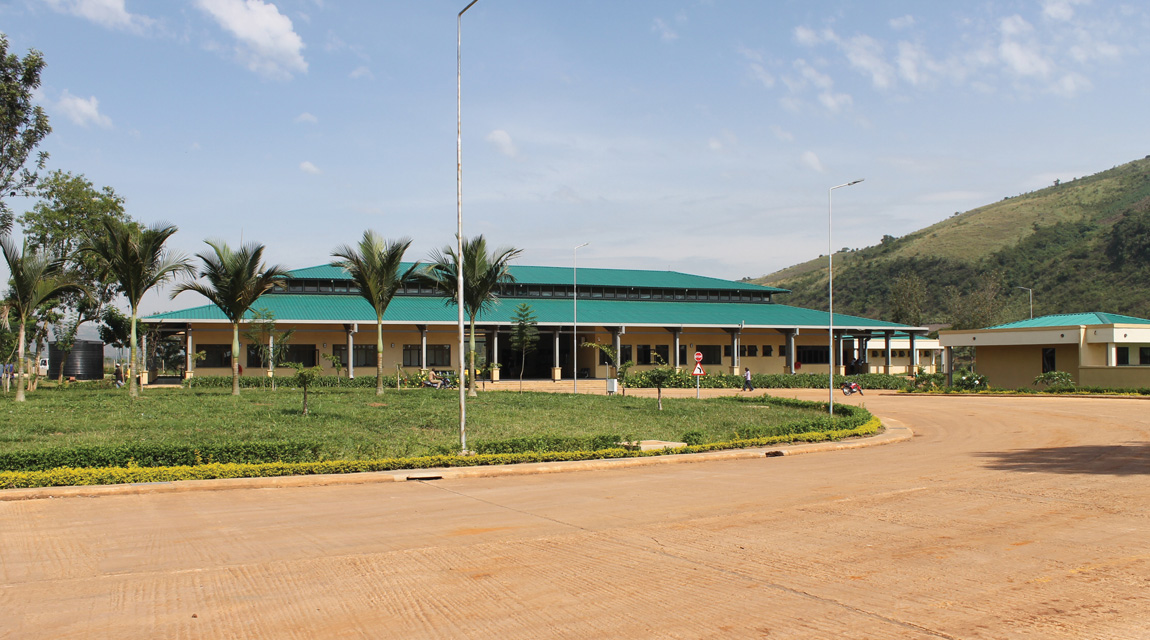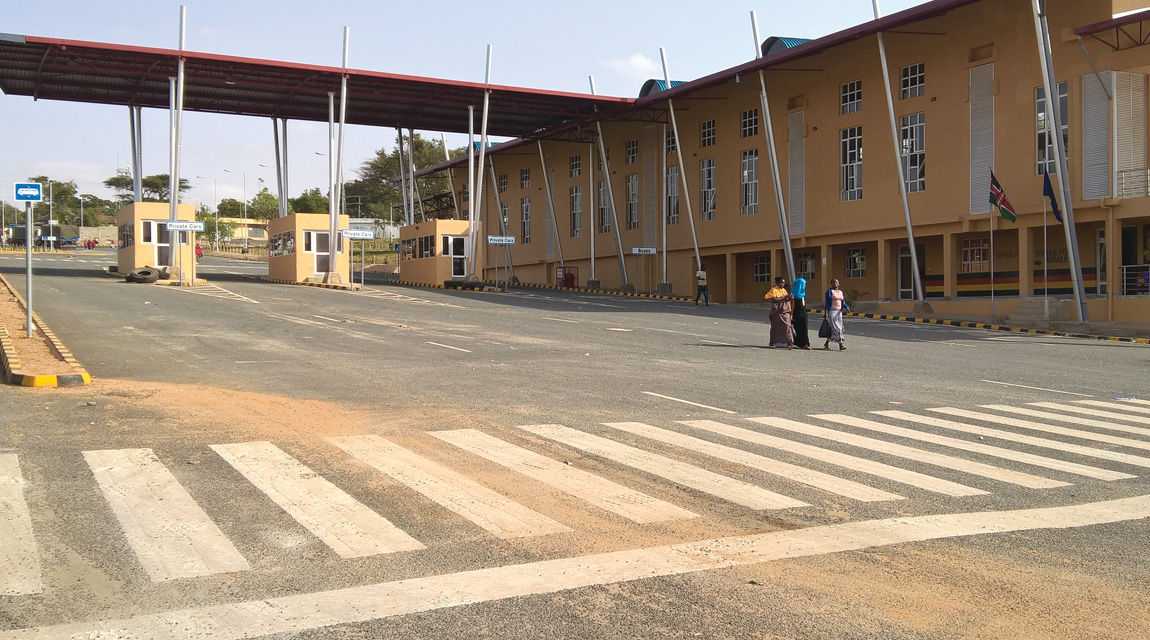Economies at Ransom to Governments

The continuing chaos at several of the most important borders in the South African Development Community (SADC) region is significantly raising the cost of transport and reducing the potential for trade and industrial growth.
The reports from members of the Federation of East and Southern African Road Transport Associations (Fesarta), on site at several borders, tell of delays of five days or more, with hundreds of vehicles parked haphazardly around borders and along the approach roads.
The borders are blocked by administrative inefficiencies and deficiencies, as well as the apparent lack of concern by the revenue authorities on the impacts on the transport industry and the customers in the destination countries.
A rough estimate, at a very conservative fixed cost of US$ 30 (R362) per truck hour – from the reported delays and numbers of vehicles at Forbes/Machipanda, Kasumbalesa, Kazangula and Beit Bridge – indicates that the delays are costing approximately US$ 1 million (R12 million) per day in transport standing time – and possibly twice that amount in cost of inventory and loss of business.

The impacts on the economies of the landlocked countries and the trade in the region are very significant, as the vehicles are carrying imports of fuel, containers, industrial and mining supplies, agricultural products and a wide range of consumer goods.
The increased cost of exports reduces the ability to compete in the global commodity markets, which are the main sources of revenue for most countries in the region.
From the South African industrial perspective, the increasing cost of transport has an impact on the competitiveness of our exports into the SADC region. The deteriorating efficiency in the SADC region may be compared to the situation in East Africa, where increasing border efficiencies have significantly reduced the cost of goods into landlocked countries.
Hence, the importation of goods via Mombasa to Kigali used to take 23 days and now takes only three days, due to the overhaul of the customs systems in the Common Market for Eastern and Southern Africa (Comesa) and East African Community (EAC) countries.
 The only light at the end of the tunnel for the transporters has been the tireless, direct, personal intervention by the Comesa Secretary General to achieve collaboration between different revenue authorities in order to remove the obstructions.
The only light at the end of the tunnel for the transporters has been the tireless, direct, personal intervention by the Comesa Secretary General to achieve collaboration between different revenue authorities in order to remove the obstructions.
These measures include diversion of traffic to other border posts, integration of the countries’ Automated System for Customs Data (ASYCUDA) systems, doubling of staffing and extending border operating hours.
The Comesa team has been deployed at borders to monitor the effects of the interventions and to report further problems.
The reporting from Fesarta members directly to the Comesa Executive is assisting the Regional Economic Community (REC) to focus the activities of the field teams, where they are needed.
It is increasingly apparent that commercial integration of the regional inter-state trade requires the effective support and authority of effective RECs such as Comesa and EAC, as has been achieved in East Africa.
Fesarta will continue to work with Comesa to promote the Comesa Regional Customs Transit Guarantee Scheme (RCTG) and the Comesa Virtual Trade Facilitation System (CVTFS), or E-seal Cargo Tracking System, along the North South Corridor and the rest of the southern African region. The official launch
will be announced in the next few months.
Published by
Mike Fitzmaurice
focusmagsa




